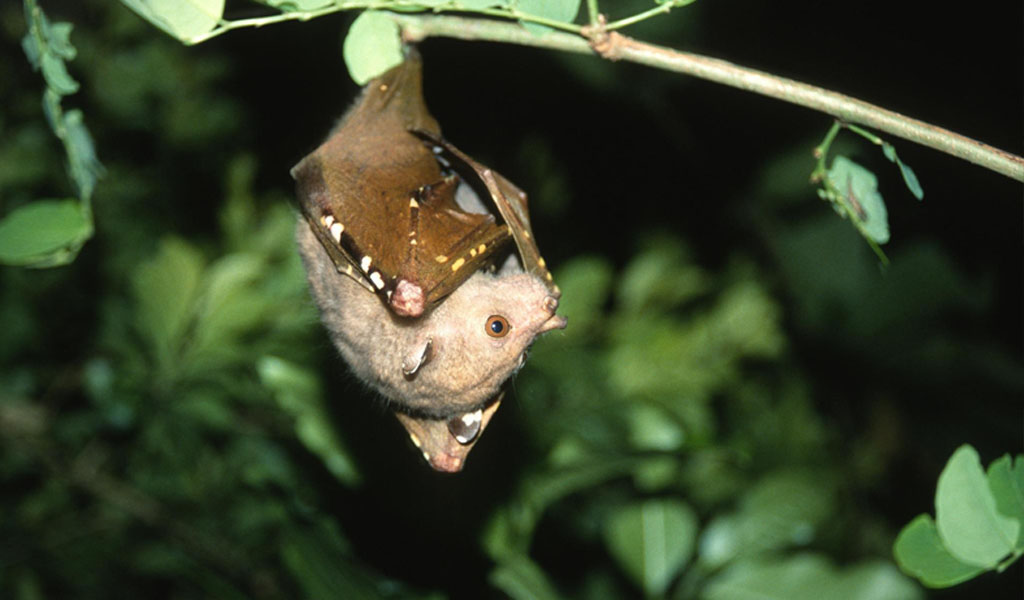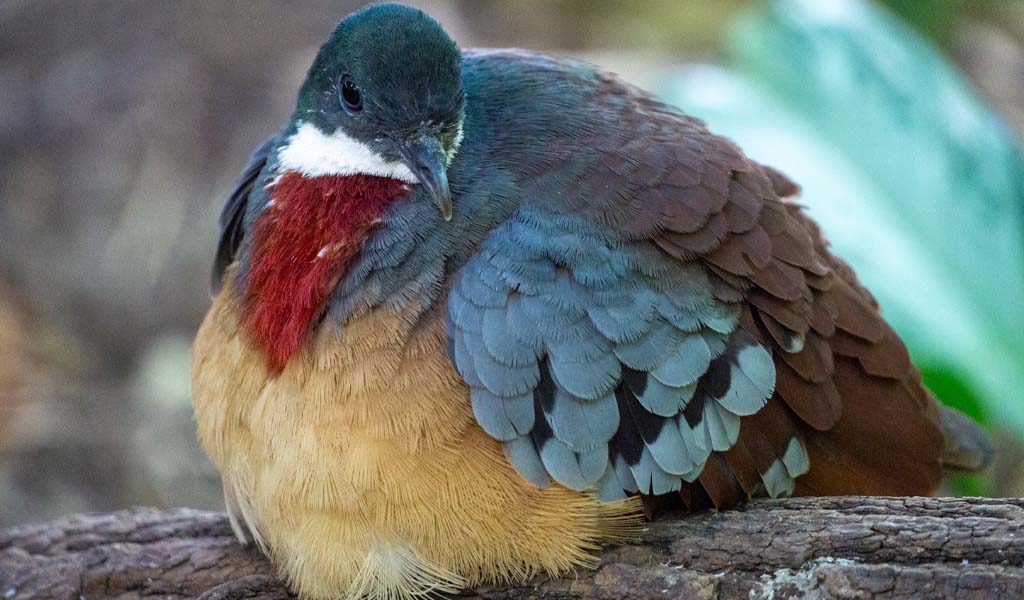Meet the Adorable Bat with a Twist
The Philippine tube-nosed fruit bat (Nyctimene rabori) is a unique and fascinating species native to the Philippines. This bat is easily recognizable by its distinctive tubular nostrils, which protrude outward from its face, giving it an unusual yet intriguing appearance. These specialized nostrils are believed to aid in their navigation and foraging, as they rely heavily on their keen sense of smell to locate food. The Philippine tube-nosed fruit bat primarily feeds on a variety of fruits, including figs and bananas, playing a crucial role in seed dispersal and maintaining the health of the forest ecosystem. Let’s dive into some captivating facts about the Philippine Tube-Nosed Fruit Bat and understand why it’s such a unique creature.
Philippine Tube-Nosed Fruit Bat Feature
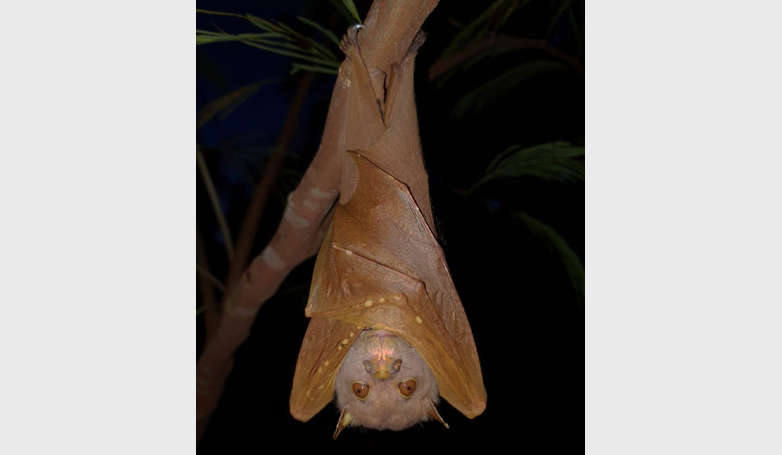
The Philippine tube-nosed fruit bat (Nyctimene rabori) is one of the most endearing and distinctive bat species found in the Philippines. Its unique tubular nostrils, which protrude from its face like tiny tubes, give this bat an almost whimsical appearance. These nostrils are not just for show; they play a vital role in the bat’s foraging behavior, allowing it to have an enhanced sense of smell, which is crucial for locating its favorite fruits like figs and bananas. This specialized adaptation helps the bat navigate through the dense forest canopy and locate food sources that are not easily visible.
Beyond its charming looks, the Philippine tube-nosed fruit bat is an essential part of its ecosystem. It primarily inhabits lowland and montane forests across islands such as Luzon, Mindanao, and Mindoro. The bat’s diet mainly consists of fruits, making it a key player in seed dispersal and the propagation of various plant species.
A Fruity Diet – Nature’s Little Gardener
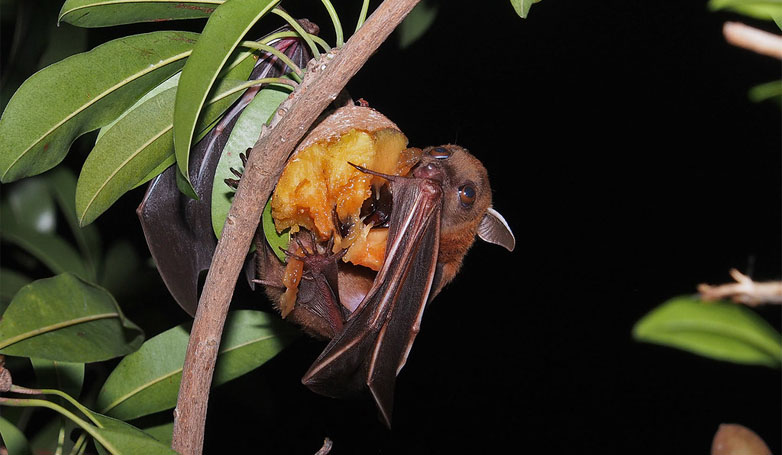
The Philippine tube-nosed fruit bat is often referred to as “nature’s little gardener” due to its vital role in seed dispersal. This bat’s diet primarily consists of a variety of fruits, including figs, bananas, and other native fruits found in the Philippine forests. As the bat consumes these fruits, it ingests seeds that are later excreted in different locations, facilitating the growth of new plants and contributing to forest regeneration. This natural process of seed dispersal is crucial for maintaining the biodiversity and health of the forest ecosystem.
Moreover, the foraging behavior of the Philippine tube-nosed fruit bat helps ensure that seeds are spread over a wide area, increasing the chances of successful germination and growth. By flying from tree to tree in search of ripe fruits, the bat inadvertently aids in the propagation of numerous plant species, many of which rely on these bats for their survival. The bat’s unique feeding habits and its role in the ecosystem highlight the intricate connections between species and the importance of preserving biodiversity.
Habitat and Range: Exclusive to the Philippines
The Philippine tube-nosed fruit bat is a remarkable species found only within the borders of the Philippines. Its habitat spans several islands, including Luzon, Mindanao, and Mindoro, where it primarily resides in lowland and montane forests. These bats thrive in dense, tropical forest environments, which provide them with an abundance of fruits and ample roosting sites. The lush, verdant forests of the Philippines offer the ideal conditions for these bats, allowing them to play their crucial role in seed dispersal and forest regeneration.
Breeding and Lifecycle
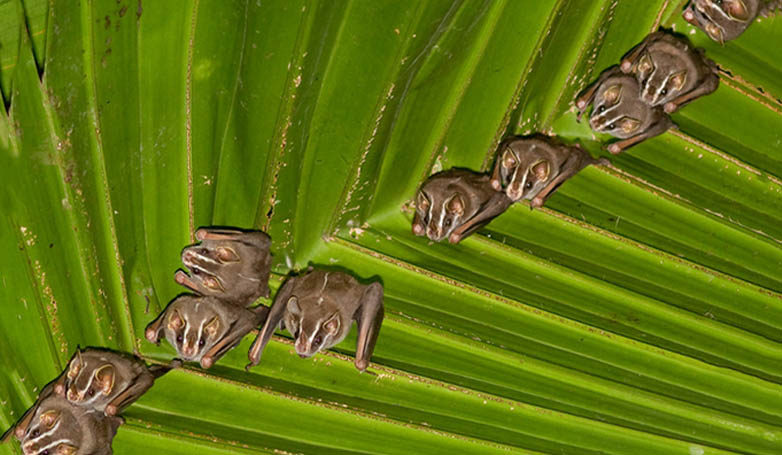
The breeding and lifecycle of the Philippine tube-nosed fruit bat are characterized by a slow and steady approach, reflecting the species’ careful adaptation to its environment. Unlike many other small mammals that have rapid reproductive cycles, the Philippine tube-nosed fruit bat invests significant time and resources into each offspring. Females typically give birth to a single pup after a gestation period that lasts several months. This low reproductive rate means that each new bat is precious, and the survival of every individual is crucial for the population’s stability.
After birth, the pup remains dependent on its mother for an extended period, during which it learns essential survival skills such as foraging and navigating through the dense forest canopy. The maternal bond is strong, with mothers providing nourishment and protection until the young bat is capable of independent life. This prolonged parental care ensures that the offspring are well-prepared to thrive in their natural habitat.
Conservation Status – Vulnerable Yet Vital
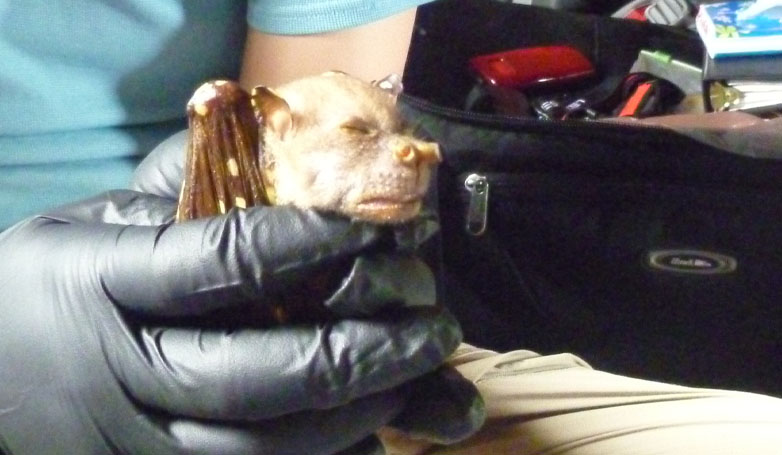
The conservation status of the Philippine tube-nosed fruit bat is a cause for concern, as it is currently classified as Vulnerable on the IUCN Red List. This designation highlights the species’ declining population, primarily due to habitat loss and fragmentation. The rapid deforestation driven by agricultural expansion, logging, and urban development poses significant threats to the bat’s natural habitats. As forests are cleared or degraded, the bats lose their essential foraging and roosting sites, leading to a decrease in their numbers.
Despite its vulnerable status, the Philippine tube-nosed fruit bat plays a vital role in maintaining the health and biodiversity of the forest ecosystems. As a key seed disperser, this bat aids in the regeneration and spread of numerous plant species, ensuring the sustainability of the forests. The loss of this species would have cascading effects on the ecosystem, highlighting the urgent need for conservation measures.
Efforts to protect and restore the natural habitats of the Philippine tube-nosed fruit bat are crucial. Establishing protected areas, promoting sustainable land-use practices, and raising awareness about the species’ ecological importance are essential steps in safeguarding its future. By prioritizing the conservation of this unique bat, we not only help preserve the species but also contribute to the broader goal of maintaining the rich biodiversity and ecological balance of the Philippine forests.
Conclusion
The Philippine tube-nosed fruit bat is an extraordinary species, emblematic of the unique biodiversity found in the Philippines. With its distinctive tubular nostrils, vital role in seed dispersal, and slow, nurturing breeding cycle, this bat exemplifies the delicate balance of its forest ecosystem. However, the bat’s survival is increasingly threatened by habitat destruction and deforestation, making conservation efforts more crucial than ever.
Protecting the Philippine tube-nosed fruit bat requires a multifaceted approach, including the preservation of natural habitats, sustainable land-use practices, and public awareness initiatives. By understanding and addressing the challenges facing this species, we can help ensure its survival and the continued health of the forests it supports. Also, you need to see the enchanting Philippine Mouse-Deer.

